Denmark The University of Copenhagen's Ice Core Archive contains a large number of ice cores dating back thousands of years, providing valuable information about climate.
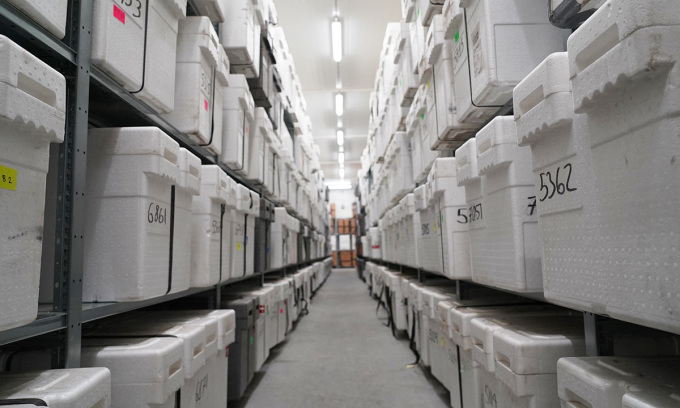
Insulated boxes containing ice core samples line shelves in a storage facility in Copenhagen, Denmark, October 26, 2023. Photo: James Brooks/AFP
The Copenhagen Ice Core Archive, which contains 25 km of ice, mostly from Greenland, is helping scientists understand climate change, AFP reported on November 16. "What we have in this archive is prehistoric climate change, a record of human activities over the last 10,000 years," said Jorgen Peder Steffensen, a professor of glaciology at the University of Copenhagen.
Steffensen has curated this “ice library” since 1991. It is one of the largest ice archives in the world , with 40,000 ice blocks stacked in large boxes on long shelves. These frozen samples are unique, made of compressed snow rather than frozen water. “All the spaces between the snowflakes are trapped in bubbles, and the air inside these bubbles is the same age as the ice,” Steffensen explains.
The vault has a waiting room similar to a library reading room, where scientists can examine tapes they retrieve from the main archive. However, they have to work quickly because the waiting room is kept at -18 degrees Celsius, higher than the -30 degrees Celsius in the archive.
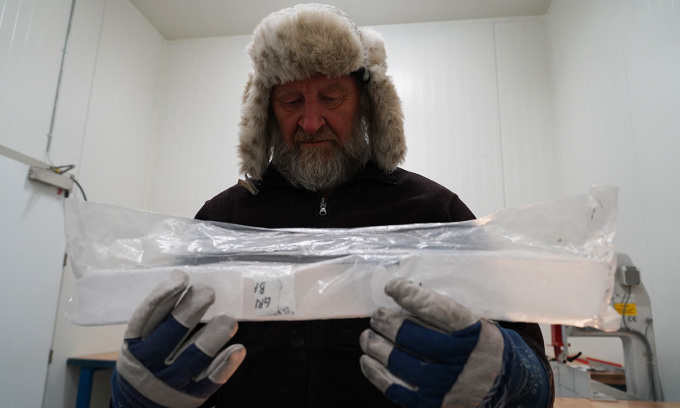
Joergen Peder Steffensen holds an ice core sample in an archive in Copenhagen, Denmark. Photo: James Brooks/AFP
The first ice cores were brought to Denmark in the 1960s by a team from Camp Century, a secret US military base in Greenland. The latest cores were collected this summer, when scientists drilled into bedrock 2.6 kilometers deep in eastern Greenland, collecting the oldest ice cores they could find.
These samples contain material from 120,000 years ago, during the last interglacial period, when air temperatures in Greenland were 5 degrees Celsius higher than today. The new ice will help scientists better understand sea level rise.
Ice cores are the only way to determine the state of the atmosphere before pollution from human activities began. “With ice cores, we have been able to map how greenhouse gases, CO2 and methane, have changed over time. We can also see the impact of modern fossil fuel burning,” Steffensen said.
Thu Thao (According to AFP )
Source link


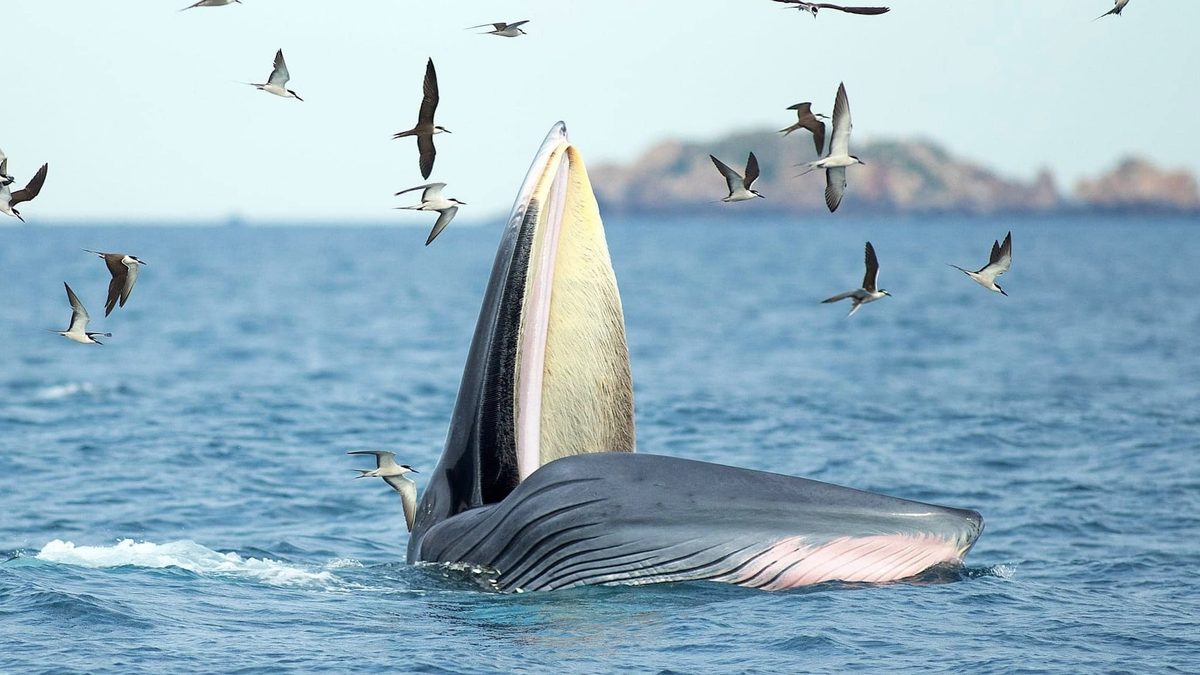


![[Photo] Cuban artists bring "party" of classic excerpts from world ballet to Vietnam](https://vphoto.vietnam.vn/thumb/1200x675/vietnam/resource/IMAGE/2025/6/26/797945d5d20b4693bc3f245e69b6142c)


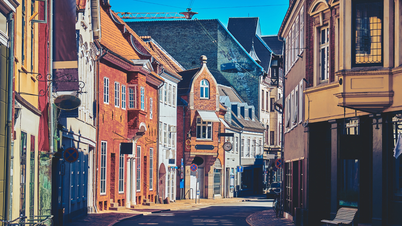

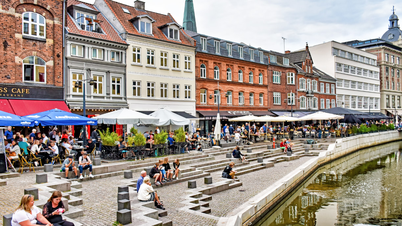
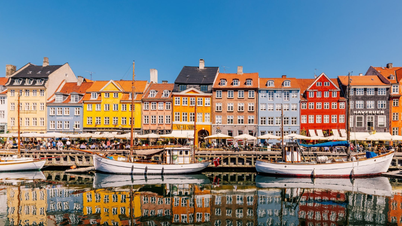





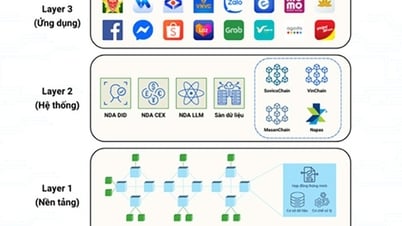

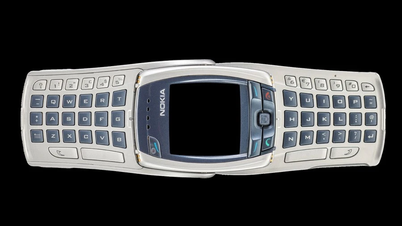

![[INFOGRAPHIC] Who is the Supreme Leader of Iran?](https://vphoto.vietnam.vn/thumb/402x226/vietnam/resource/IMAGE/2025/6/26/37939efe33e041ada15c70727337321c)


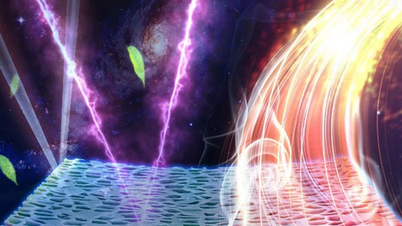












![[Photo] General Secretary To Lam receives Australian Ambassador to Vietnam Gillian Bird](https://vphoto.vietnam.vn/thumb/1200x675/vietnam/resource/IMAGE/2025/6/26/ce86495a92b4465181604bfb79f257de)
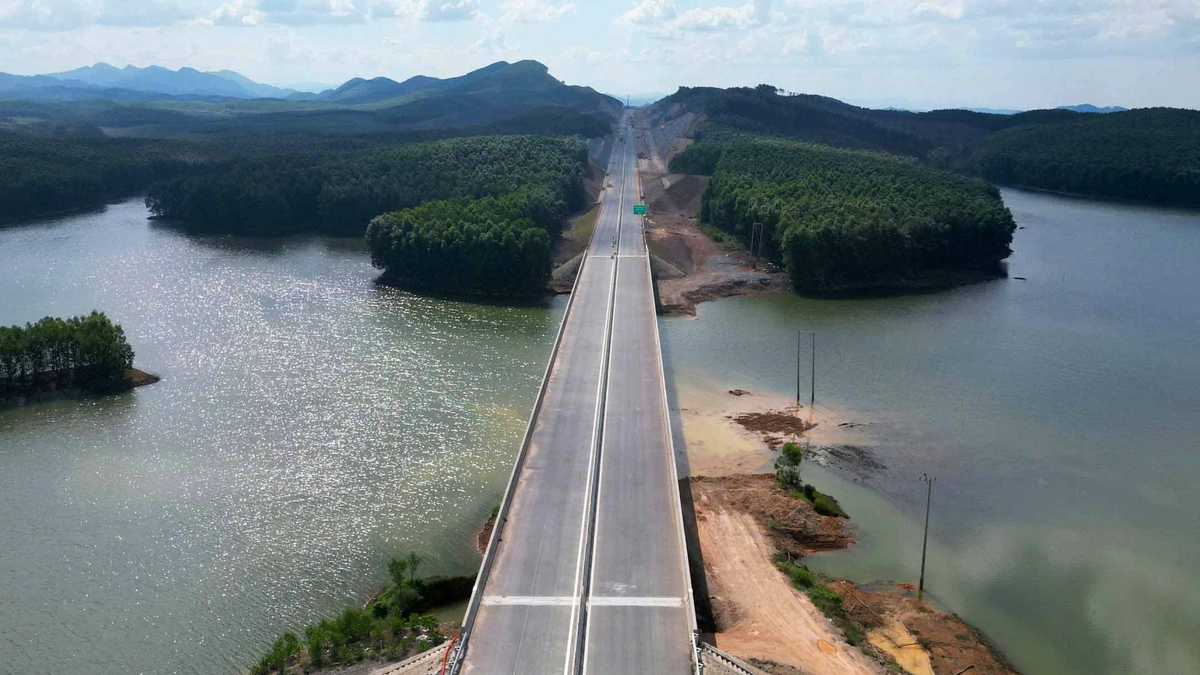








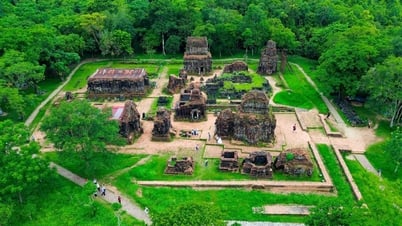


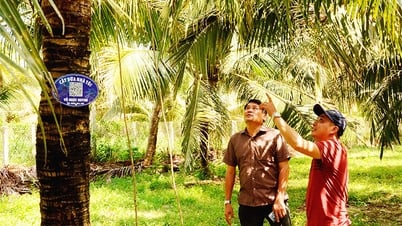















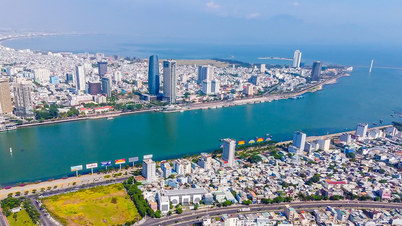














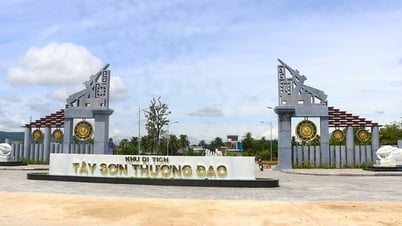









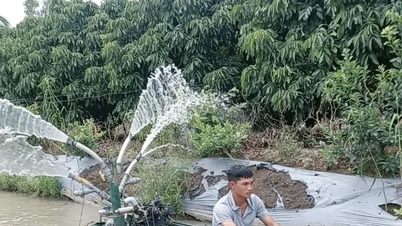
















Comment (0)